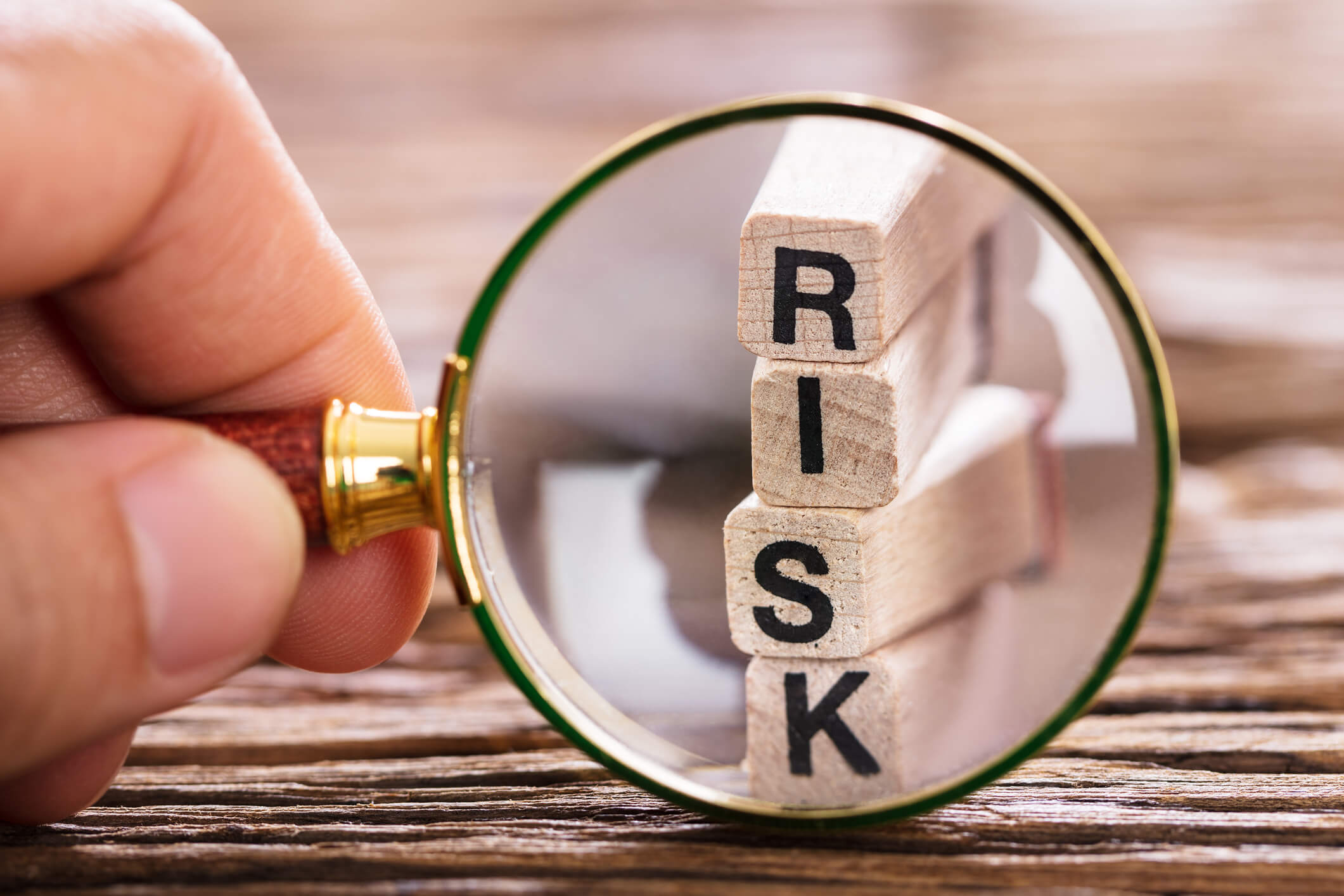They go together like a horse and carriage …
No, we’re not talking about “Love and Marriage” as the classic Frank Sinatra song attests—although we can’t argue that point. In this case we are referring to a different marriage of sorts from the way HAZOP and LOPA studies can work in tandem to help companies canter toward compliance and workplace safety.

While the two risk-analysis exercises are conducted independently, Hazard and Operability and Layers of Protection risk identification and assessment sessions are both invaluable tools to improve the safety of your organization. The former gives companies a thorough understanding of their current risks while the latter helps ensure there are protections in place should a hazardous situation arise. Both also offer insight into what else could be done to help prevent catastrophic consequences in case a hazardous event should occur.
LOPA, by the way, is a much newer risk-related tool that was developed about 20 years ago; HAZOPs, on the other hand, were first introduced in the 1960s.
Operational Risk essentially can be summed up as a straightforward equation:
Risk=Consequence x Frequency
But understanding an organization’s risk exposure is no simple task. It takes asking questions—lots of questions—through HAZOP and LOPA studies to address those questions as well as uncover queries that had never been considered in the first place.
In the working world, an Operational Risk can be anything that causes a company not to be able to meet its objectives.
Break It Down
By initiating a HAZOP study, companies can break down their level of risk exposure into bite-size portions to help them get a better understanding of the potential dangers that lie within. The first step for any study is to research, research, research. Skilled evaluators will look over piping and instrumentation diagrams (P&ID) to get a better sense of what the situation is. By using advanced software, they will already have a good idea of what potential concerns might need addressing. Of course, there are risks that won’t necessarily show up in a P&ID, including deviations from the norm.

For example, what if a valve fails? They all will eventually. A HAZOP will expose the potential risks involved if a certain valve fails and offer insights into what could be accomplished to help protect personnel when it does. Is there a pressure safety valve in place? Will a high-pressure alarm go off? Things of that nature.
But it goes even further than that.
What if a safeguard alarm is constantly going off? Workers are more likely to just shut it off and tune it out “boy who cried wolf” style as it has become a “nuisance alarm.” Of course, if that mindset kicks in and it’s an actual emergency, then there are real problems afoot. That mentality could lead to a dangerous situation for workers or the environment, etc. Preparing for such an occurrence and offshoots of that occurrence are what HAZOPs and LOPAs are all about.
The HAZOP helps you think of all the possibilities; the LOPA gives you the assurance that you’re protected against those possibilities in the event something does go wrong.
“Understanding risk thoroughly is an advantage,” said Philippe Guillard, Sphera’s director of solution consulting who has performed countless HAZOP and LOPA studies over the years. “If we’re mitigating risks, it means we’re up and running longer and better” while ensuring the safety of the workers and the environment, which is paramount for true Operational Excellence.
Contact Sphera to learn more about HAZOPs and LOPAs.

